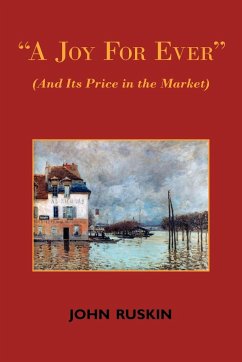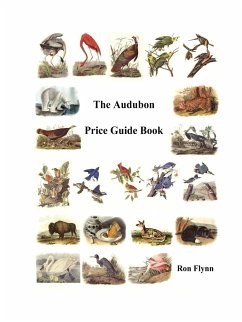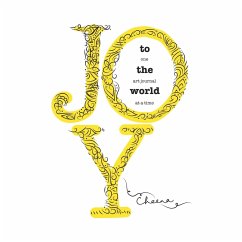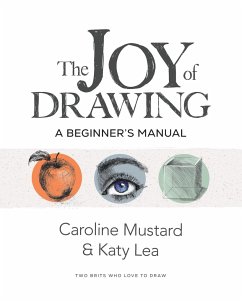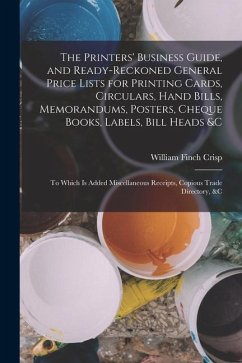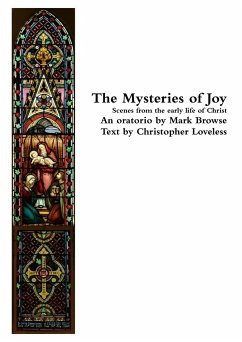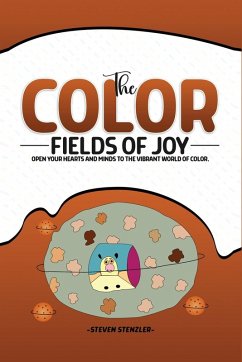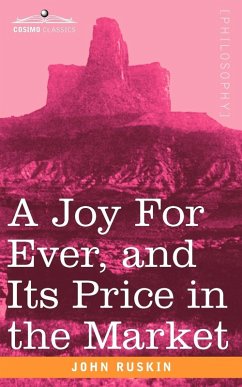
A Joy for Ever, and Its Price in the Market
Versandkostenfrei!
Versandfertig in 1-2 Wochen
24,99 €
inkl. MwSt.

PAYBACK Punkte
12 °P sammeln!
In all probability the greatest Victorian critic of art and society, John Ruskin had an enormous influence on his age and our own, and like so many Victorians of the age, he had astonishing energy. While carrying on a voluminous correspondence with the intellectual luminaries of his day, he published poetry, children's literature, and books and essays on geology, botany, church politics, political economy, painting, sculpture, literature, architecture, art education, myth, and aesthetics. A great and successful propagandist for the arts, he did much both to popularize high art and to bring it ...
In all probability the greatest Victorian critic of art and society, John Ruskin had an enormous influence on his age and our own, and like so many Victorians of the age, he had astonishing energy. While carrying on a voluminous correspondence with the intellectual luminaries of his day, he published poetry, children's literature, and books and essays on geology, botany, church politics, political economy, painting, sculpture, literature, architecture, art education, myth, and aesthetics. A great and successful propagandist for the arts, he did much both to popularize high art and to bring it to the masses as evidenced in this volume containing two essential public addresses from 1857 on "The Discovery and Application of Art" and "The Accumulation and Distribution of Art." Included here are Ruskin's Supplementary Additional Papers: . Education in Art . Art School Notes and . Social Policy. ALSO AVAILABLE AT COSIMO CLASSICS: Ruskin's Political Economy of Art JOHN RUSKIN (1819-1900) was born in London, the only child of prosperous, self-made parents who collected art and encouraged their son's literary activities. Throughout his life, his writings on art had an immense influence on British, European, and American architecture and industrial design. Ruskin's immense body of literary works include Modern Painters, Volume I-IV (1843-1856); The Seven Lamps of Architecture (1849); The Stones of Venice, a collection of essays published between 1851 and 1853; Unto This Last (1862); Munera Pulveris (1862-3); The Crown of Wild Olive (1866); Time and Tide (1867); and Fors Clavigera (1871-84).





